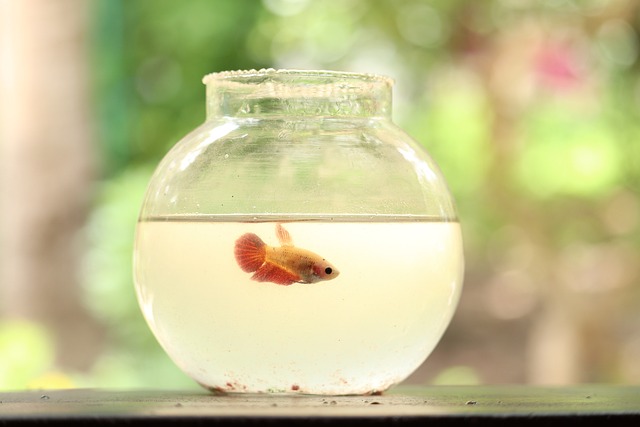When it comes to maintaining a fish tank, one of the essential tasks is keeping the glass clean and crystal clear. A dirty and cloudy glass not only hampers the visibility of your beautiful aquatic creatures but also diminishes the overall aesthetic appeal of the tank. In this article, we will provide you with expert tips and techniques for easy and effective fish tank glass cleaning, ensuring that your aquarium remains a stunning centerpiece of your home or office.
Understanding the Importance of Clean Glass
The cleanliness of your fish tank glass goes beyond mere aesthetics. It plays a crucial role in maintaining a healthy environment for your fish and other aquatic inhabitants. A clean glass surface allows optimal light penetration, which is vital for the growth of live plants and coral reefs. Additionally, it helps prevent the buildup of algae, bacteria, and other harmful substances that can adversely affect the water quality.
Tools and Materials Needed
Before we delve into the step-by-step cleaning process, let’s gather the necessary tools and materials:
- Algae scraper: A specialized tool designed to remove stubborn algae from the glass.
- Microfiber cloth: Perfect for wiping and polishing the glass surface without leaving streaks or scratches.
- Sponge or soft brush: To remove loose debris and algae.
- Clean water: Essential for rinsing the glass during the cleaning process.
- Aquarium-safe glass cleaner: Opt for a cleaner specifically formulated for aquarium use to avoid any harm to your aquatic friends.
Step-by-Step Cleaning Process
Step 1: Preparation
Start by gathering all the required tools and materials mentioned above. It’s crucial to use aquarium-safe cleaning products to ensure the well-being of your fish. Avoid using household glass cleaners or abrasive materials that can harm the delicate ecosystem of your tank.
Step 2: Emptying the Tank Partially
For larger aquariums, it’s advisable to empty the tank partially to make the cleaning process more manageable. Remove a portion of the water, but ensure there is still enough for your fish to swim comfortably. For smaller tanks, proceed to the next step without emptying.
Step 3: Algae Removal
Using the algae scraper or a sponge, gently scrape off the algae from the glass surface. Start from the top and work your way down, using smooth, sweeping motions. Be cautious not to press too hard, as this could damage the glass.
Step 4: Stubborn Algae Removal
In case of stubborn algae that cannot be removed with a scraper or sponge, it’s advisable to use a soft brush. Be careful while using the brush, ensuring it does not have any abrasive particles that could scratch the glass. Gently scrub the affected areas until the algae are completely removed.
Step 5: Wiping and Polishing
Take a clean microfiber cloth and dampen it with clean water. Wipe the glass surface to remove any remaining debris, algae, or smudges. Use circular motions for best results, ensuring you cover the entire glass area.
Step 6: Finishing Touches
Once the glass is clean, take a dry microfiber cloth and gently polish the surface to achieve a streak-free finish. Pay attention to the corners and edges of the tank, as these areas tend to accumulate dirt and algae.
Maintenance Tips
To keep your fish tank glass clean for longer periods, follow these additional maintenance tips:
- Regular water changes: Perform routine water changes to maintain optimal water quality and minimize the chances of algae growth.
- Proper feeding: Avoid overfeeding your fish, as excess food can lead to increased waste production and algae buildup.
- Algae-eating fish or snails: Consider introducing algae-eating fish or snails into your aquarium. They can help control algae growth and reduce the cleaning frequency.
Conclusion
Maintaining a clean and clear fish tank glass is crucial for the overall health and beauty of your aquarium. By following the step-by-step cleaning process and implementing proper maintenance practices, you can ensure a pristine environment for your aquatic companions. Remember to use the recommended tools and materials, and always prioritize the well-being of your fish when performing any cleaning tasks.

